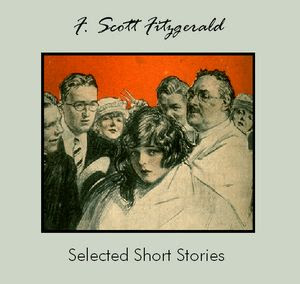Poetry And The Modern World
by Daiches David
TABLE OF CONTENTS
I. The Legacy op Victorianism: Poetry at the End of the Nineteenth Century
Page 1
II. Thomas Hardy A. E. Housman
Manley Hopkins Page 17
III.Georgian Poetry Page 3
IV. War Poetry —The Imaoists — Post-war Satire
The Sitwells Page 61
V. T. E. Hulme and T. S. Eliot Page 90
VI. T. S. Eliot Page 106
IX —Gerard
VII. W. B. Yeats I Page 128
VIII. W. B. Yeats—II: Page 156
IX. Poetry in the 1930’s—I: Cecil Day Lewis Page 190
X. Poetry in the 1930’s II: W. H. Auden and
Stephen Spender Page 214
Epilogue Page 240
Index Page 243
FOREWORD
I have endeavored in the following pages to present certain aspects of modern English poetry and to discuss them in such a way as to throw some new light on poetic activity in the first forty years of the present century. This work is intended not as a complete history of English poetry during the period but rather as a series of what I hope are suggestive studies. I am well aware that I have omitted to mention many poets of ability: I have written only about those whom I felt able to discuss with some originality, and where I had nothing that I thought new or significant to say I have said nothing. I claim no finality for my views. It seems to me important—and more important than ever these days that a level of intelligent discourse about literature should be maintained. There is no single way to an understanding of the complex phenomena of culture; but, if those who are interested talk to each other reasonably and with intelligence, we shall gradually learn more about these important matters. I should like to think of my work as a modest contribution to a symposium. Acknowledgment is due to Poetry: A Magazine of Verse for permission to reprint parts of an essay on W. H. Auden which first appeared there.
D. D.
The PDF might take a minute to load. Or, click to download PDF.
If your Web browser is not configured to display PDF files. No worries, just click here to download the PDF file.








